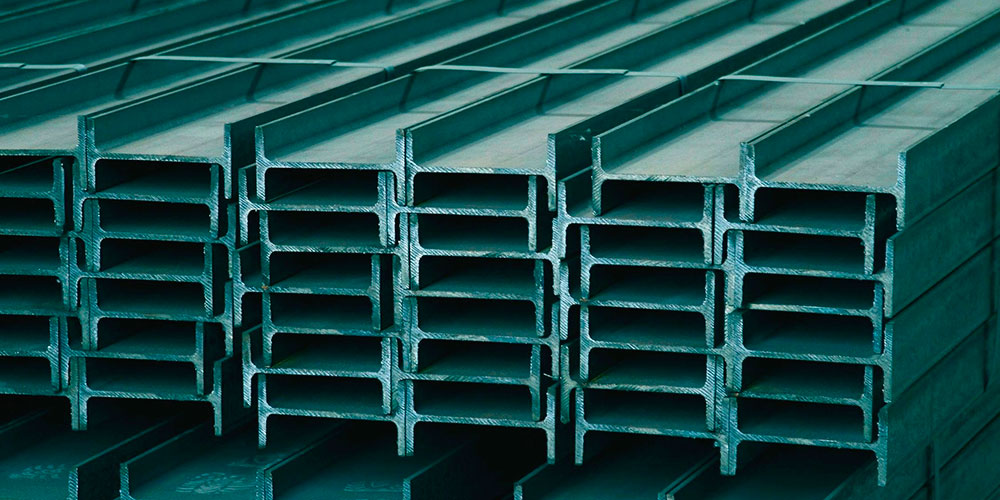European steel and aluminum producers’ associations expressed concern July 14 at the spectre of rising costs as a result of the European Commission’s proposed Carbon Border Adjustment Mechanism which would involve phasing out free allowances for producers under the EU’s Emissions Trading System.
European steelmakers association Eurofer and European Aluminium indicated they considered the CBAM proposals incomplete — the package limits itself to covering products’ direct or embedded emissions, not including indirect emissions, and does not give clarity on which emission scopes will finally be included.
The EU is proposing to introduce a CBAM, or carbon tax, on imports of iron and steel, aluminum, cement, organic basic chemicals, fertilizers and electricity, to avoid the risk of carbon leakage, the EC announced as part of its ‘Fit for 55’ climate package July 14. It proposes to introduce CBAM progressively until 2026 against a corresponding reduction of free ETS allowances.
Costs eroding decarbonization funds
“What is immediately clear is that the phase out of free allocation will add to industry costs and actually reduce the financial resources available to invest in decarbonization technologies in the medium term,” a Eurofer spokesperson said.
Earlier this year Eurofer calculated that to be ‘Fit for 55’ by 2030, and achieve net-zero carbon production by 2050, the bloc’s steelmakers may need to invest as much as Eur144 billion ($170 billion), including in breakthrough technologies which could increase steel production costs and prices by between 35% and 100% above current levels. They would also need to have access to supplies of up to 400 TWh of climate-neutral electricity, seven times more than what the sector purchases from the grid today.
“The CBAM as yet has no anti-circumvention mechanism to prevent cost absorption and resource shifting, nor any mention of EU export rebalancing — this needs to be resolved if the system is going to work. This may be something to see during the reporting phase till 2026, as well as which scopes are covered,” the Eurofer spokesperson said. While recognizing the importance of the “landmark package of proposed climate legislation,” the steelmakers association considers that greater carbon leakage protection must be given if the green transition is to succeed.
In 2020, the EU imported 22.39 million mt of steel products, compared to regional production of 138.8 million mt of crude steel that year, according Eurofer and World Steel Association data.
European Aluminium, while supporting the principles of the EU’s “ambitious decarbonization roadmap,” is concerned about the negative economic and climate impact of including aluminum in the pilot phase, citing cost factors. It called July 14 for the new EU ETS state aid guidelines to be extended until 2030.
“Both the lack of strengthened carbon leakage protection measures and current CBAM design are not set to tackle the indirect carbon costs that Europe’s aluminium sector faces with regard to the EU’s electricity market design rules,” said Gerd Gotz, European Aluminium’s director general, in a statement.
“The fully electrified nature of aluminium’s primary production makes European producers the most exposed to indirect emission carbon costs,” Gotz said. “In Europe, electricity carbon costs evolve at the regional level due to pricing dynamics in interconnected regional power markets, representing up to 40% of total aluminium production costs.”
Electricity included
Electricity is also to be covered by the CBAM. However, the EU currently imports only 20 TWh of power — a tiny fraction of EU’s consumption of 3,400 TWh.
Europe has already lost 30% of its primary aluminum product plants since 2008. According to the aluminum producers association, cost impacts of the CBAM down the metals value chain could generate more carbon leakage in future. The association in recent days estimated CBAM could lead to additional costs for European producers of semi-finished aluminum products, sourcing primary aluminum from outside the EU, of more than 5% of the total value of products ranging from window frames to car parts.
In 2020, the EU imported 9.443 million mt of aluminum, more than three times the regional primary aluminum production of 3.33 million mt in the year, according to data from the association and International Aluminium Institute.
Both Eurofer and European Aluminium, however, said they would continue to work together with the EC on the CBAM’s design.
The steel and aluminum sectors are widely recognized to account for 8% and 2% of global carbon emissions, respectively. In the EU, steel production is estimated to account for as much as 25% of the regional industrial CO2 emissions.
WTO compatible
During the EC’s unveiling of the CBAM measures in Brussels, EC commissioner for economy Paolo Gentiloni said that the aim of the package is to put a price on carbon emissions, with the same price to be used for domestic production as for imports. As indicated by the European Green Deal, the CBAM would ensure that the price of imports reflects more accurately their carbon content. The package’s planned gradual introduction, with full compatibility with WTO rules, therefore aims to balance climate ambition with global cooperation, Gentiloni said.
“It’s a sort of premiere at international level … CBAM is not a tax, it’s an environmental measure but we also need taxes to positively influence our behavior,” the commissioner said.
— Diana Kinch, Annalisa Villa and Henry Edwardes-Evans






